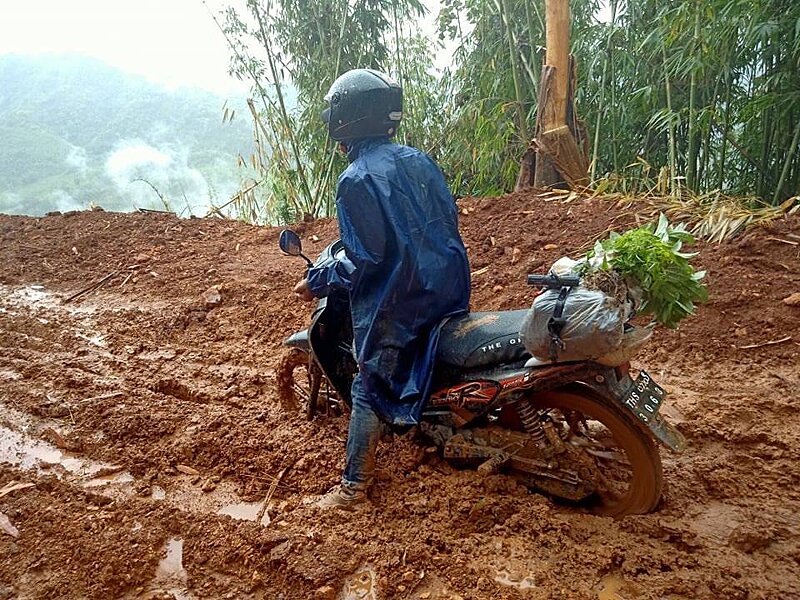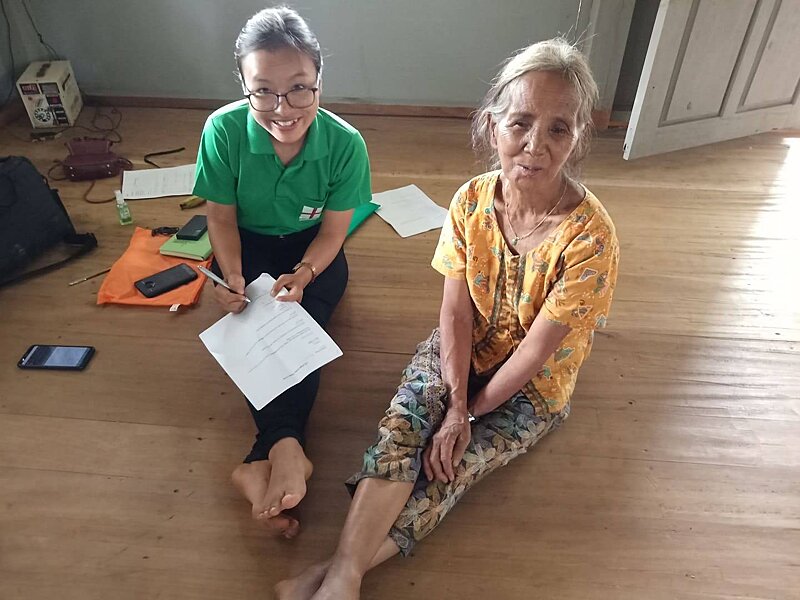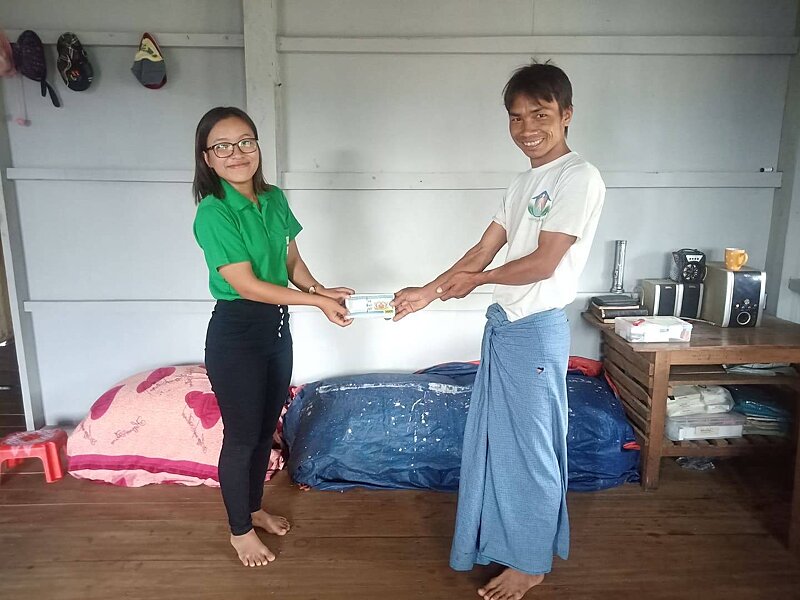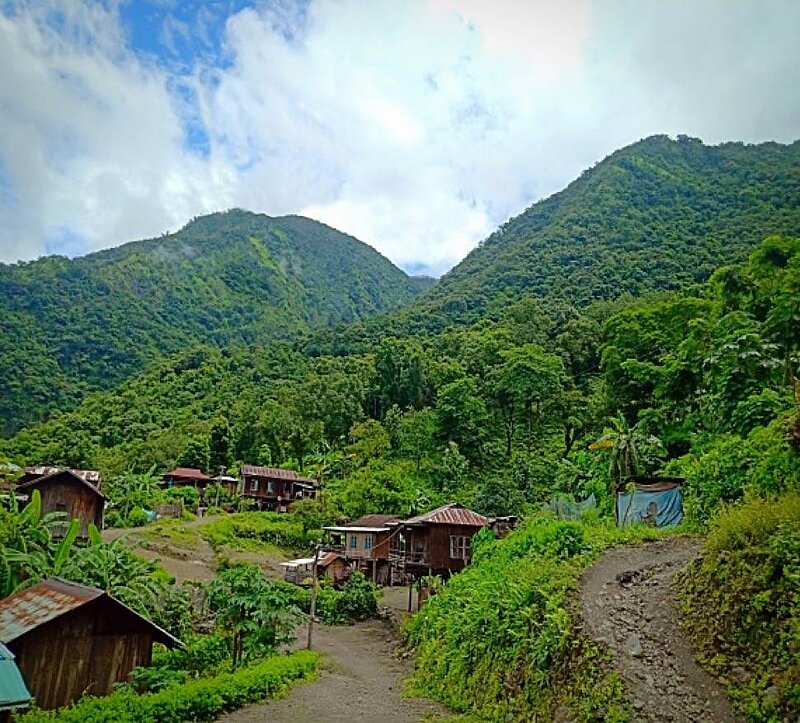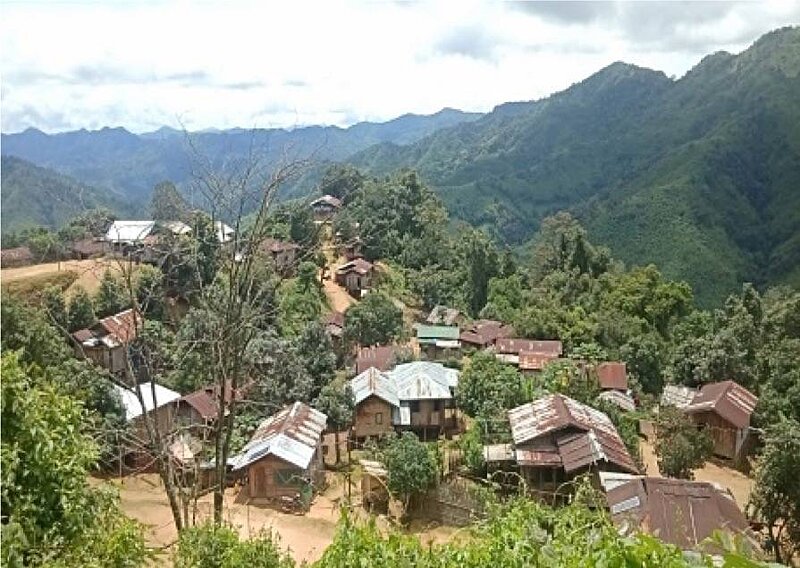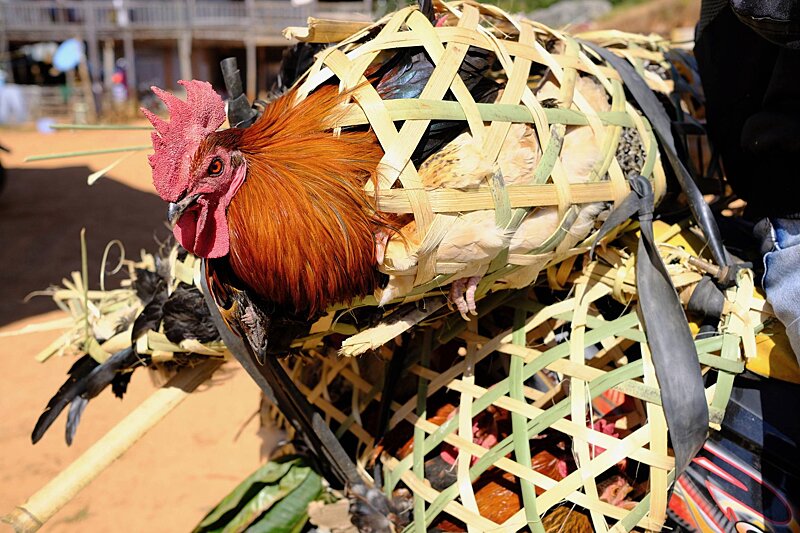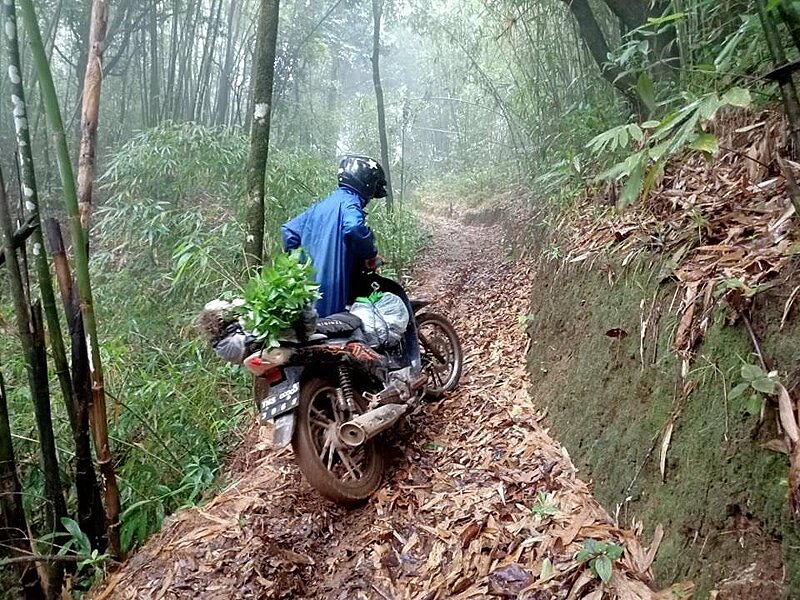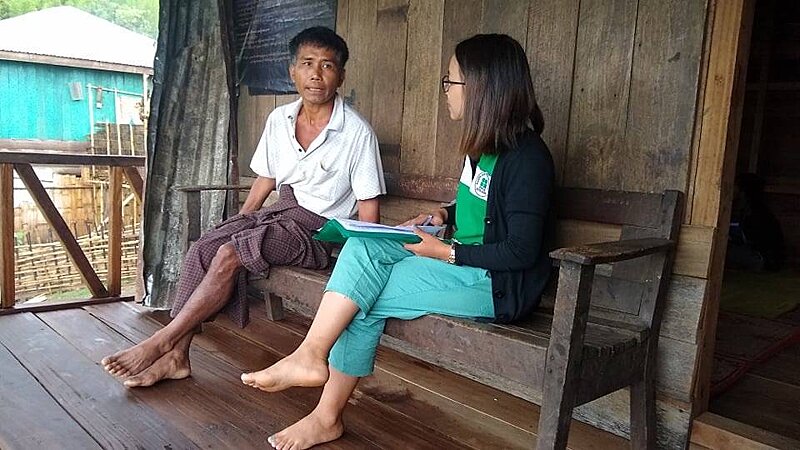Health
Our goal is to improve access to public health and primary medical care in Chin State
Health indicators in Chin State continue to be among the worst in Myanmar. The primary cause of death is from infectious diseases including pneumonia, diarrhoea and malaria – most of which are preventable and treatable. Medicines are scarce and expensive and despite there being numerous health facilities, many are empty and all are understaffed. Due to the distance between villages and towns, patients only travel to a hospital when their deteriorating health conditions are at their worst, with some arriving too late.
The health crisis in Myanmar has been exacerbated by the ongoing effects of the military coup.
Primary Health Care
Our community health projects includes maternal, newborn, and child health, sexual and reproductive health and rights, training for Community Health Workers, mobile clinics, fixed clinics and referral pathways. We target underserved areas and implementation is carried out in collaboration with a network of local partner organisations. Over the last 12 months (2024-25) we have achieved the following:
- 21 individuals were equipped as Community Health Workers Trainers, who then delivered the training to 329 Community Health Workers, each selected from their respective villages.
- Over 7,000 patients have received treatment at the 9 community clinics (fixed clinics).
- Over 4,800 patients were treated through outreach services via mobile clinics.
- Community Health Workers have provided consultations to over 59,000 individuals.
- Over 6,400 children were screened for signs of malnutrition. Among these, 286 children were identified as malnourished and received treatment through the provision of nutritional supplements.
- Over 270 patients were referred to hospitals for secondary-level treatment. Medical and transportation costs were covered to ensure access to appropriate care.
- 843 pregnant women received antenatal care through our fixed clinics.
Community Ambulance
Out of many, one of the biggest problems faced by displaced families is timely access to medical facilities during medical emergencies, childbirth and sickness. Due to their remote location and difficulties in access by road most of the existing medical and ambulance services do not have ability to reach hard to access rural areas. This is particularly relevant for pregnant women who struggle to access antenatal care and supported delivery by appropriately trained clinicians, especially for the communities who often cannot access health care.
Local information has shown that there are no ambulance services available at all in remote areas we serve. In addition, many of the villages are still not accessible by normal vehicles especially during the monsoon except by vehicles which are four-wheel drive (4WD).
Health & Hope have sought to meet this need through establishing a community ambulance service to reach out and respond to medical emergencies in the most remote and isolated locations, where the rest of the medical services are not able to reach.
This will improve the accessiblity of urgent and emergency healthcare for displaced, conflict affected and low resource community populations who are not yet reached by the existing medical and ambulance services. This is due to launch imminently with additional funding.
Our Health projects prior to the military coup
Prior to the military coup, from 2008 to 2021, Health & Hope trained 791 Community Health Workers (CHWs), 32 Area Coordinators (ACs) and 126 Traditional Birth Attendants (TBAs). In addition, 14 local Trainer of Trainers have been trained who have in turn delivered Maternal & Neonatal health training to 101 TBAs in remote villages. This network of locally trained health workers forms part of the community-led response to health challenges across the region, providing support to a population of 150,000 people across 445 partner villages.
Please click the links below to our historic projects:
Summary
The Community Health Financing Initiative (CHFI) aimed to equip Village Health Committees (VHCs), with the ideas, skills and investment required for developing a local source of income to fund the ongoing costs of each Community-led Healthcare project.
In order to move towards financial sustainability, each village needed to contribute an average of USD $290 towards the work of the project.
In 2019, the CHFI aimed to pilot business ideas in 15 villages where a trained Community Health Worker (CHW) and trained Traditional Birth Attendants (TBAs) wereworking in order to develop models of best practice for scaling up the initiative in 2020. Ideas generated by the community include raising livestock, growing elephant yam, chili powder production, expansion of weaving businesses and the setting up of a market with small shops to serve the community.
Challenge
The majority of the villages in Chin State are geographically isolated with poor infrasructure and limited access to financial capital. Poor educational opportunities also feed into a cycle of deprivation and limited skills development.
Undertaking an asset model analysis revealed a surprising level of natural and social capital within the community, with incredibly strong relationships amongst villagers including high levels of trust and reciprocity between community members. This is in part thanks to an active, caring local church and the development of cohesive community groups particularly amongst the Mara community, such as farmers and women's groups. These groups provide support for community-based activities and the sharing of resources at times of need.
Solution
In 2019, we invested funds in a simple community-owned business initiative in ten villages focused on rearing livestock and the growing of elephant yam. These two activities built upon the natural and social assets in the village, with the majority of households contributing to the project's success. A small loan was provided to each village with the Village Health Committee providing oversight and management of the micro-loans to each villager. Local staff provided support, mentoring and oversight of the work, including knowledge about local markets and skills training for management of the funds.
The first 61 chickens from this project were sold at the end of 2019, providing around $206 profit. A further 1,880 chickens, in addition to Elephant Yam were roduced through the project and multiple planning meetings have been held to look at business models and costs involved in reaching local markets. The team visited some of the villages to conduct participant surveys and evaluate the project.




